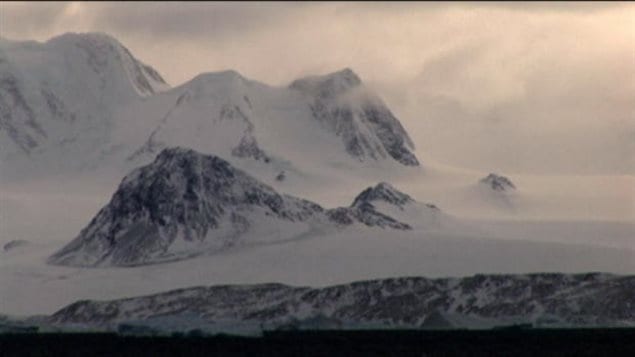Two planes left Canada Tuesday on a rescue mission that will take them into the darkness and extreme cold of the South Pole.
The Twin Otter planes from Kenn Borek Air are expected to arrive Sunday to carry out a medical evacuation
In the past, missions in Antarctica have proven dangerous–and fatal.
In 2013, a Twin Otter belonging to Kenn Borek Air crashed into a crevasse-filled and avalanche-prone slope on the side of one Antarctica’s highest peaks, killing all three people on board.
The plane was carrying fuel to an Italian research team at Terra Nova Bay.
Investigators never established the cause of the crash.
One of the planes on the latest mission will stay at the British station Rothera for search and rescue purposes.
The other will travel on to the Amundsen-Scott Research station to evacuate a seasonal worker with Lockheed Martin, who requires hospitalization.
Flights are not normally scheduled at this time of year because of darkness and the extreme cold, which hovers at around -60 C during the winter months.







For reasons beyond our control, and for an undetermined period of time, our comment section is now closed. However, our social networks remain open to your contributions.